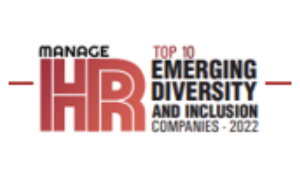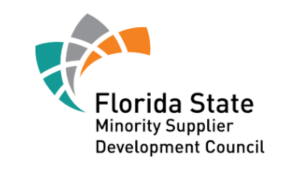“Racial equity is about applying justice, fairness, and a little bit of common sense to a value system that’s been way out of bounds for centuries. When our values are so out of whack that Black people and people of color feel the pain and loss most severely, let me be crystal clear, an inequitable system makes all of us pay.” – Charlotte Hughes, Inclusive Leaders Group, LLC, Founder and CEO
More than four-in-ten Americans say the country still has work to do to give black people equal rights with whites. Blacks, in particular, are skeptical that black people will ever have equal rights in this country. Half or more say being poor, Muslim, black or Hispanic puts people at a disadvantage in our society. Americans generally think being white is an advantage in society, while about half or more say being black or Hispanic hurts people’s ability to get ahead. Opinions are more mixed when it comes to what impact, if any, being Asian or Native American has according to Pew Research.
“Change actually starts from within each one of us,” Walmart’s CEO Doug McMillon said at a keynote address in 2021 “Our biases, conscious and unconscious, need to be dealt with individually and collectively,” said McMillon. Asked about advice for companies in scaling diversity and inclusion initiatives, he encouraged CEOs to start their own personal learning journey.
Such a journey, he believes, should extend beyond racial sensitivity training to learning more about U.S. history. He said, “Some things, for example, that I was not taught in school that are facts related to these various systems — financial, education, health care and criminal justice in particular — result all too often in inequity,” said Mr. McMillon.
Walmart’s journey to achieve racial equity is an excellent role model for companies of all sizes and industries.

Advancing racial equity and inclusion can sometimes seem daunting and often leaves many wondering how and where to start. One way to achieve social change in an organization is to incorporate race equity and inclusion at every stage of work.
The following are definitions of core concepts that we should all know and discuss:
What is equity?
Equity is defined as “the state, quality or ideal of being just, impartial and fair.” The concept of equity is synonymous with fairness and justice. To be achieved and sustained, equity needs to be thought of as a structural and systemic concept.
How is equity different from equality?
Equity involves trying to understand and give people what they need to enjoy full, healthy lives. Equality, in contrast, aims to ensure that everyone gets the same things in order to enjoy full, healthy lives.

What is systematic equity?
Systematic equity is a complex combination of interrelated elements consciously designed to create, support, and sustain social justice. It is a robust system and dynamic process that reinforces and replicates equitable ideas, power, resources, strategies, conditions, habits, and outcomes.
What is institutional racism?
Institutional racism is racial inequity within institutions and systems of power, such as places of employment, government agencies and social services. It can take the form of unfair policies and practices, discriminatory treatment and inequitable opportunities and outcomes.
What is structural racism?
Structural racism (or structural racialization) is the racial bias across institutions and society. It describes the cumulative and compounding effects of an array of factors that systematically privilege white people and disadvantage people of color.
Important Note: When racism is mentioned, people tend to think of interpersonal racism – where whites make judgements and statements based on harmful presumptions about people of color. These can be based in both explicit and implicit bias. Internalized racism refers to the acceptance by people of color about the negative beliefs and imagery perpetrated against them.
However, the most powerful and far-reaching racism is institutional and structural. These terms refer to the ways in which policies and practices of U.S. organizations and systems work systematically to advantage whites, and how they are reinforced by the media and national norms such as individualism, wokeness, and a bootstraps ideology (“anyone can achieve whatever they want if they just work hard enough”).
White privilege is a term that represents all of the advantages that whites receive from institutional and structural racism, often unknowingly – such as not having to think about race in every setting or interaction and feeling and being safe and not facing discrimination in public spaces.

Are you ready to explore executing a DEI strategic plan to meet your business goals?









